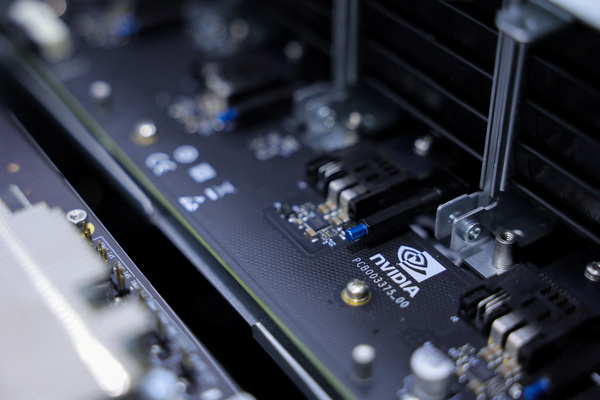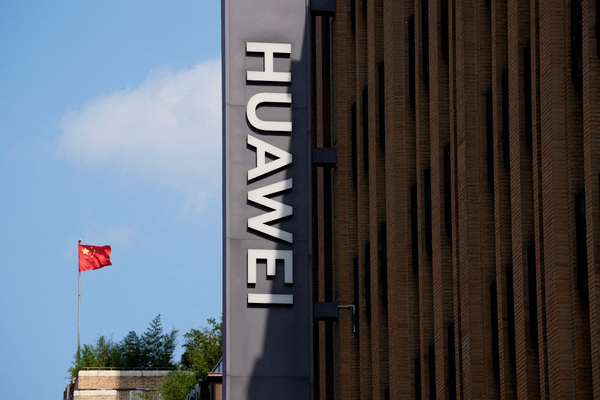BYOD: inevitable or avoidable?

Owen Keenan-Lindsey at Assimilated International asks what should business owners be considering in 2023 regarding BYOD policies and how they’re managed
About twelve years ago, bring your own device (BYOD) policies became common business practice. It was considered a cheaper option. It could be angled as a perk, enabling employees to access personal contacts and data at work, without handling two phones. And it encouraged greater connectivity and increased communication, by ensuring that work phones and tech were never switched off, out of reach, or ignored.
But more recently, we have seen a significant movement away from BYOD, as businesses have become more focused on securing their mobile end-points.
So, is BYOD still a good option for businesses? And what should managers consider before implementing a BYOD policy?
Why did BYOD become popular?
BYOD began in corporate America. It was originally believed to improve productivity through improved device familiarity. If employees knew their phones, tablets, and/or laptops inside out through personal use, they’d be better equipped to use and navigate them. Handling work tasks more quickly and efficiently, without the need for training or the slow process of familiarisation.
BYOD was also a key component of corporate flexibility, mobility, and the ‘always on culture’. Which has its benefits… But they must also partly be held accountable for the current ‘quiet quitting’ trend, as workers exert their right to switch off when away from the office.
And of course, as with most business infrastructure decisions, the cost was a factor. BYOD is viewed as a potentially more affordable solution to business communication.
But the reality has proven to be slightly different and BYOD isn’t as elegant a solution as you might think.
The sticking points of BYOD in the contemporary workplace
While BYOD does carry some benefits, there are some core challenges associated with implementation.
Cost
As mentioned, one of the reasons why BYOD was initially so attractive to businesses is that it seems to present the opportunity to engender real cost savings. But in reality, it usually ends up costing a similar amount or even more than a managed business solution. Because although employees generally prefer not to have to carry a second handset around with them, most require a certain standard of specification from their personal devices, while at the same time begrudging having to spend their own money on tech required for work. This means that most companies face having to provide allowances for handsets.
Operational efficiency
Once you’ve moved beyond the initial expense of a handset, you are then faced with the question of usage. Do you expense people’s bills or provide them with an allowance? Each option carries its own complications.
If you expense people’s bills, you’re faced with three challenges. A) Distinguishing personal use from business use. B) Checking that use and paying the expenses. C) The problem of tax. This fixed reimbursement will be treated as income, and will therefore be taxable at each employee’s prevailing rate. Not something that many employees will be happy about.
And yet providing an allowance carries similar limitations. You face the same tax issues. And then have to deal with other questions – What are your employees meant to do if they are required to travel overseas for work? Of if they receive business calls while on holiday? How can they be compensated? Operationally, it becomes messy.
Security
Security is an overarching priority for all businesses. Hardly a week goes by without some major breach, hack, or leak. Combining personal and business device use increases business vulnerability. While most device management solutions provide sandboxes for company information, these solutions can be unwieldy and challenging for employees to manage. Meaning that they are often not as effective as a business might need them to be.
Work/Life Balance
Work/life balance was one of the original selling points for BYOD, better-enabling employees to stay in touch with friends and family and to access personal data and entertainment in the workplace. It also freed them from having to carry around two devices. However, the inability to cut off from work at the end of the day, to not have team WhatsApp messages springing up while they’re at home, scrolling social media, has proved detrimental. With the ongoing focus on mental health, any business intrusion into downtime is going to be frowned upon.
While BYOD does have some cosmetic benefits, in reality, it is rarely the best solution for either businesses or employees. While there are specific use cases where it can be useful – as with short-term contractors or senior team members – if rolled out arbitrarily, some employees may resent it. It can carry a lot of unnecessary admin. And it is highly unlikely to save your business either money or time. Especially once you factor in security considerations.
So, is BYOD a solution for the 2023 workplace? When you weigh up all considerations, the answer is probably, ‘no’.
Owen Keenan-Lindsey is CEO of Assimilated International, providing complete ICT solutions to large SME & enterprise businesses throughout the UK & USA.
Main image courtesy of iStockPhoto.com

Business Reporter Team
Most Viewed
Winston House, 3rd Floor, Units 306-309, 2-4 Dollis Park, London, N3 1HF
23-29 Hendon Lane, London, N3 1RT
020 8349 4363
© 2024, Lyonsdown Limited. Business Reporter® is a registered trademark of Lyonsdown Ltd. VAT registration number: 830519543





